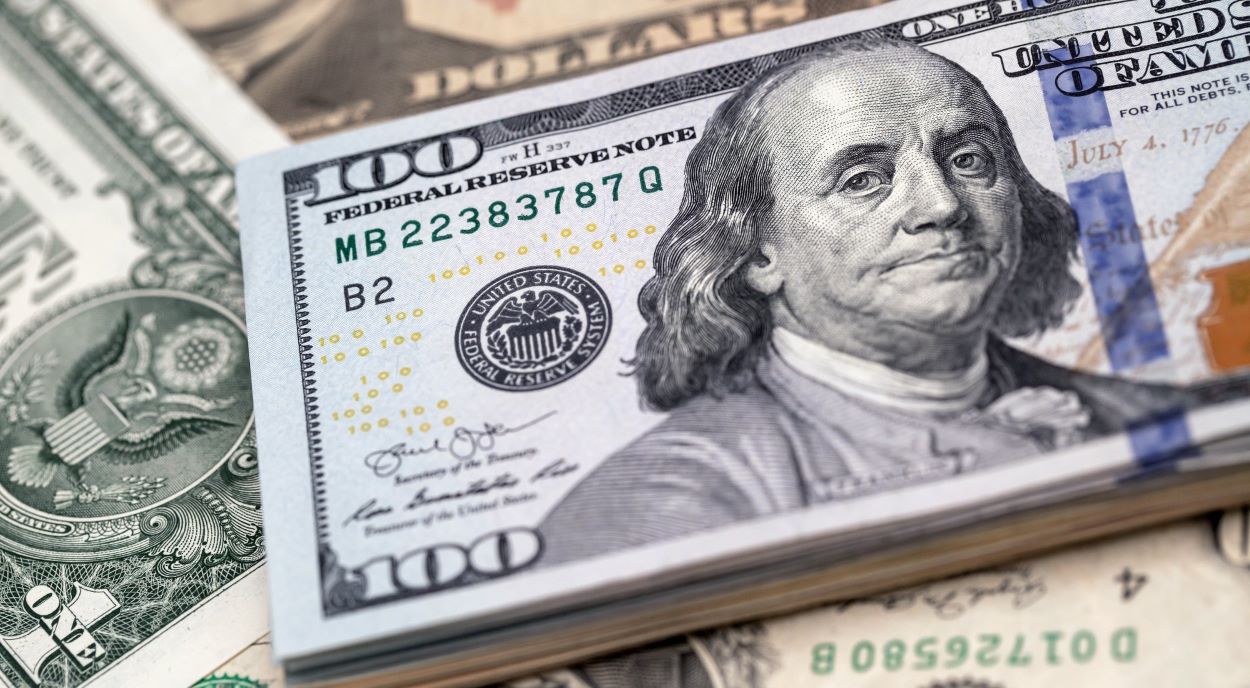The US Dollar surged Wednesday following a report indicating higher-than-expected consumer price inflation in January, suggesting that the Federal Reserve may maintain elevated interest rates to combat persistent inflationary pressures.
Data revealed a 0.5% increase in the headline consumer price index for January, surpassing predictions of a 0.3% rise. Similarly, the core index, which excludes volatile food and energy prices, climbed by 0.4%, against expectations of a 0.3% increase. These figures brought the annual increase in headline consumer prices to 3.0% and core prices to 3.3%, exceeding forecasts.
Adam Button, chief currency analyst at ForexLive, emphasized the impact of the data on Federal Reserve policy, noting, “Regardless of the specific causes for the inflation spike, whether temporary factors like egg prices or the fire in California, the outlook for reducing inflation to 2% this year dims when January already shows a 0.5% rise.”
Today's inflation data will likely support the US Dollar. Both #Bitcoin and Gold have gained vs the US Dollar despite its strength vs other fiat currencies pic.twitter.com/vGGRrUyyn5
— Grayscale (@Grayscale) February 12, 2025Following the report, the dollar index rose by 0.48% to 108.45, while the euro dropped by 0.32% to $1.0327, and the dollar gained 1.25% against the Japanese yen to reach 154.39 yen.
Market expectations for interest rate cuts have also adjusted. Futures traders now anticipate only 28 basis points of reductions by December, a decrease from previous estimates.
Federal Reserve Chair Jerome Powell reinforced a cautious approach to rate changes in his recent Senate committee testimony, highlighting the ongoing strength of the US economy and persistent above-target inflation.
Read: Dollar Tumbles as Trade War Fears Ease, Yen Strengthens on Wage Data
Additionally, concerns about new tariffs under the Trump administration loom as potential inflationary triggers. Plans for reciprocal tariffs on countries imposing duties on US imports are being finalized, with significant implications for global trade dynamics.
Moreover, as the European Union trade ministers prepare to respond to any new US tariff measures, President Trump has announced plans to increase tariffs on steel and aluminium imports to 25% starting March 4, potentially escalating trade tensions and influencing global economic policies.






